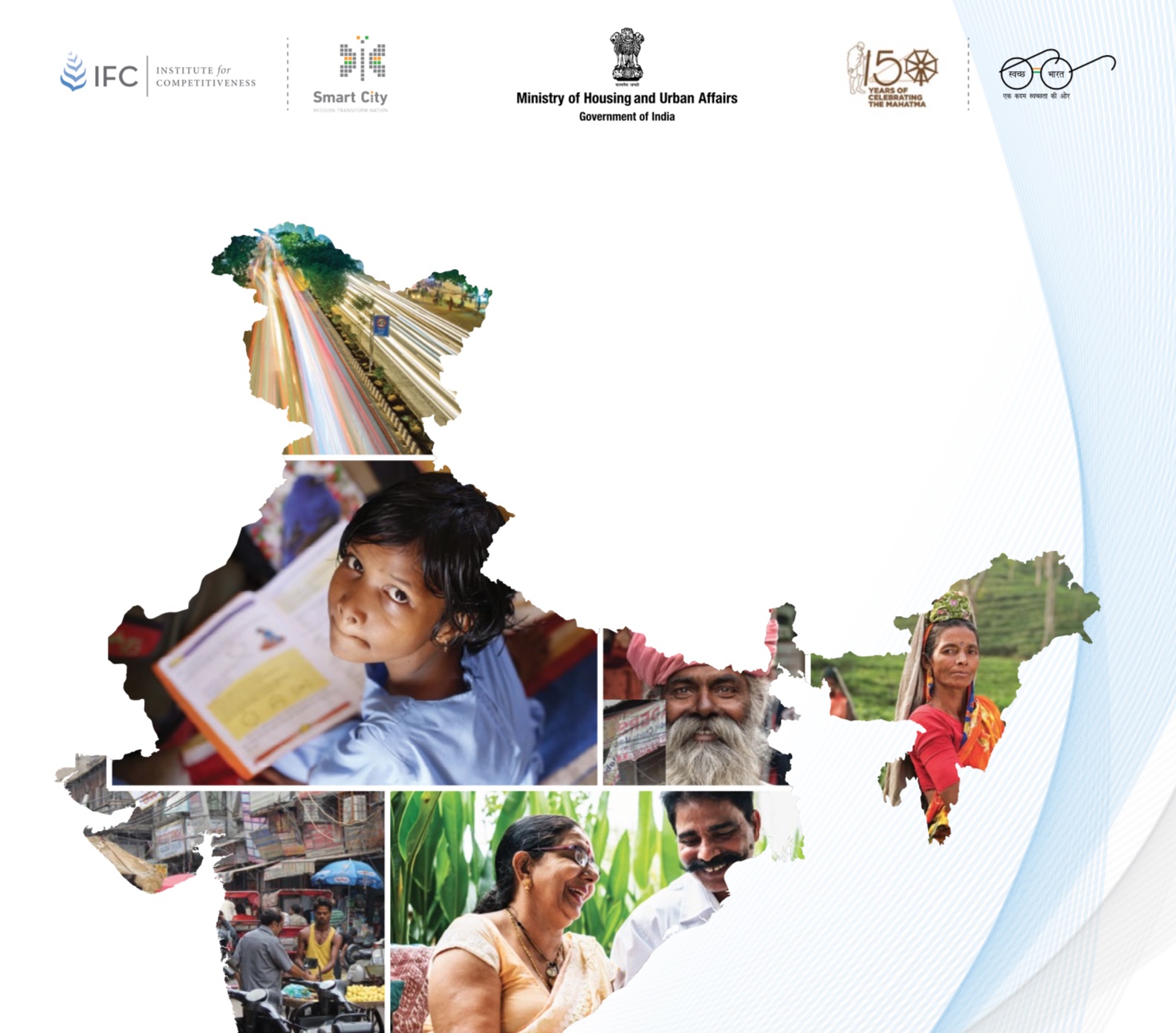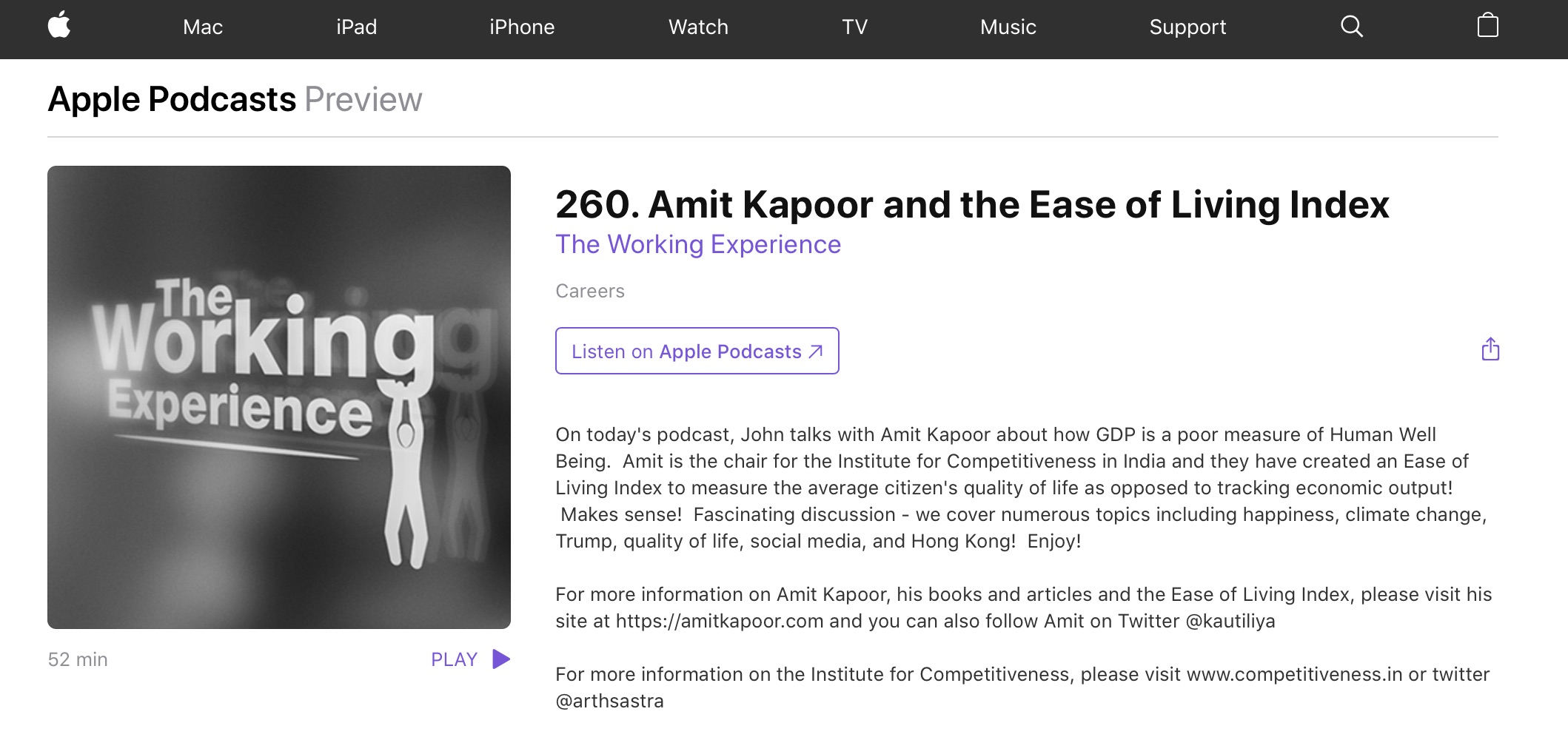Shri. Kunal Kumar
I welcome all stakeholders to this edition of the Ease of Living Index Framework, 2019. The first framework on ‘Ease of Living’ Index for cities was launched in June 2017 with use of indicators adapted from various national/international indicator sets and service level benchmarks. The objective of framing the index was to enable a shift to data driven approach in urban planning and management and promote healthy competition among cities. Post release of the first Ease of Living Index report in August, 2018, we received feedback from various stakeholders on ways to improve the approach and methodology of the index.
The current set of indicators has evolved as a result of those deliberations. An emphasis on making this edition more focussed on outcomes was seen and hence, it was decided that in this iteration, we will separate the enabling input indicators and the outcome indictors that were part of the original index when we assessed ease of living. This would lead to a more meaningful ease of living index focussing on output/outcome indicators, and the input or performance indicators that are the enablers can be assessed separately as a Municipal Performance Index that would assess the performance of cities based on their efforts to improve the quality of live, create infrastructure thereby enabling ease of living for its citizens.
Smart Cities Missions (SCM) has the objective of promoting cities that provide core infrastructure, give a decent quality of life to its citizens, a clean and sustainable environment and application of ‘Smart’ Solutions. Ease of Living Index 2019 has been framed by aligning its pillars of assessment to the above objectives, and broadening them to the overall goal of holistic development of Indian cities. The assessment of these outcomes forms the pillars of Ease of Living Index 2019 vis. Quality of Life, Economic Ability and Sustainability. This will help city administrations move towards outcome-based planning from the current input- based approach. With this, the Ministry has sought to facilitate Smart Cities and other million plus population cities in assessment of these three outcomes, that will eventually lead to better planning and management of cities.
The three pillars comprise 14 categories and 50 indicators which have been selected after multiple rounds of consultation with different stakeholders. The Index has a component of a citizen perception survey to gauge the pulse of the citizenry with regard to livability and the findings from the perception survey will help in mapping with the results of the Index to assess if the view of the citizens about city matches with the service outcomes. This framework also carries a discussion on the means through which data will be collected, validated and cleaned and delves into the method of scoring for the various indicators. Furthermore, the report also outlines the challenges that will be encountered while calculating the Index and the means to resolving them.
It is a transformative initiative of the Ministry of Housing and Urban Affairs to help the cities assess their ease of living vis-à-vis national & global benchmarks and is strongly linked to the Sustainable Development Goals (SDGs). I believe each city will now be able to undertake a 360-degree assessment of their strengths, weaknesses, opportunities, and threats. Wishing everyone the very best for this exciting exercise!























